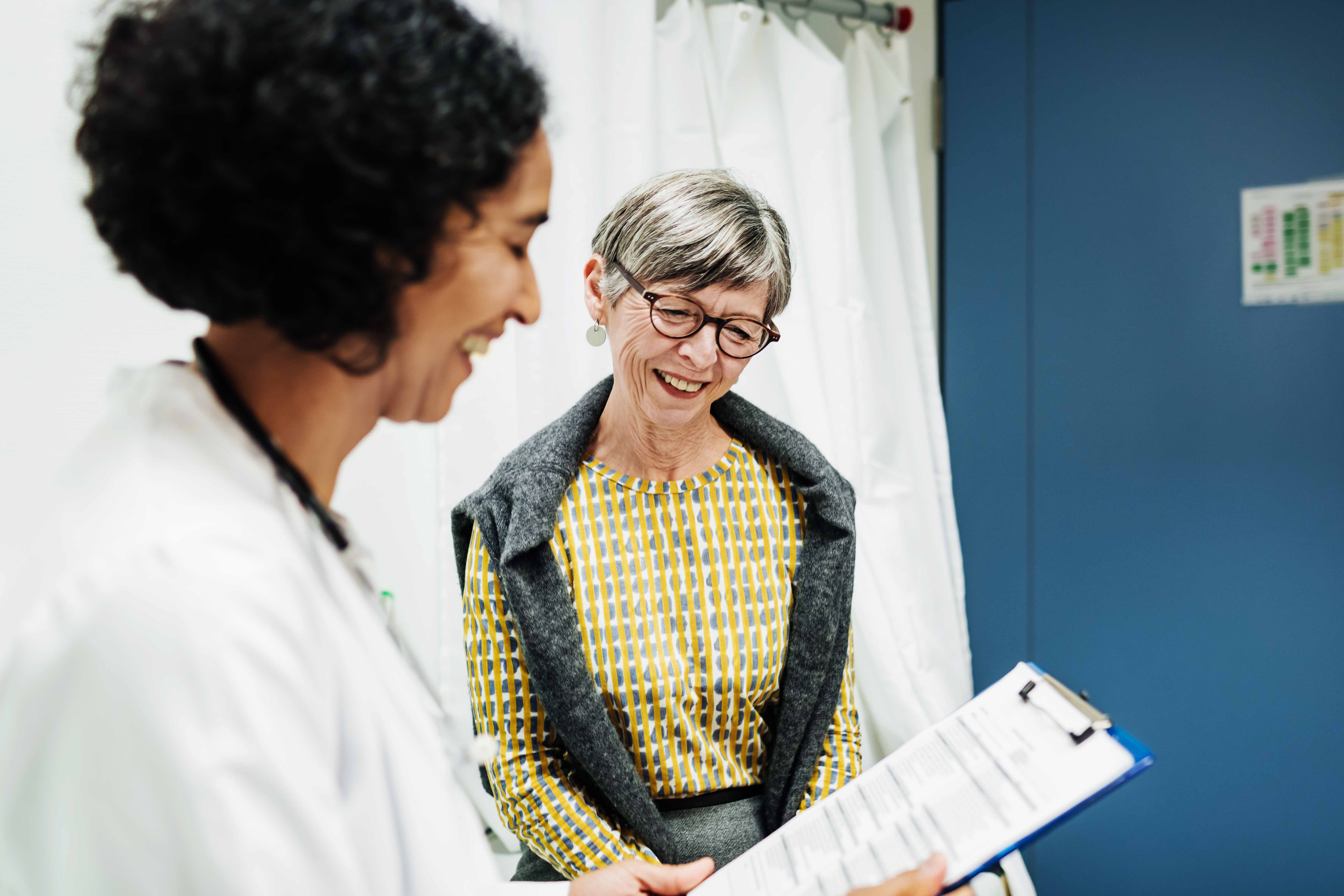
Health & Medicine
Fighting infection with curiosity

Medical research aims to find better ways to treat and prevent disease but, although sex and gender can impact on health, women are often left out. And that needs to change
Published 7 March 2020
Women make up half of the world’s population and yet medical research has largely been conducted by men, on men and for men.
The pendulum has shifted towards balance for women and girls, but progress has been too slow.

We urgently need a coordinated and collaborative approach that stretches from government through institutions to investigators and participants.
Sex is a biological state identified by chromosomes and physical characteristics, whereas gender is your identity as a women, man or other gender.
Sex and gender are major determinants of health and intersect with each other to affect patterns of disease and injury. So, both require careful consideration in the design, analysis and reporting of medical research.

Health & Medicine
Fighting infection with curiosity
In my professional area of anaesthesia and perioperative medicine, women and men present with very different burdens of disease, but research about the effects of these differences is lacking.
One of the few large studies reported that women have fewer risk factors for postoperative mortality or morbidity than men. Women are less likely to experience complications overall, but women fare worse after cardiac and vascular surgery, and are more likely to suffer strokes and need further urgent surgery.
But we need more research to illuminate the reasons for these differences and find solutions.
Various mechanisms – including legislation, regulation, policies and guidelines – have been used to improve the inclusion of women in medical research and to encourage research into the differences between women and men in outcomes from experimental treatments.

The United States uses the National Institutes of Health (NIH) Revitalisation Act 1993 to promote recruitment of women in NIH-funded studies.
Grant recipients are required to document their recruitment of women and men in annual reports and report outcomes by sex.
The result is that more women have been recruited into NIH-funded clinical trials, but this hasn’t resulted in international legal consensus about the inclusion of women more generally.
Organisations that approve investigational medicines (those that are approved for human testing, but are not available commercially) sometimes use regulations to stimulate change.

Business & Economics
Rebelling against modern slavery
For example, the European Parliament and the United States Food and Drug Administration both require that participants in clinical trials into investigational drugs are representative of the people likely to receive the drug.
Funding organisations can encourage inclusion of women through policy.
However, a 2018 study reviewing official statements from 45 national funding agencies in 36 countries, found that only 15 agencies had policies about the inclusion of women.
In the increasingly competitive environment for research grants, researchers would make more effort to include women if their funding truly depended on it.

The International Committee of Medical Journal Editors guidelines require recruitment of adequate numbers of women, even when the relevance of sex wasn’t known when the study was designed.
The major guideline for clinical trial protocols recommends recruitment of participants who are representative of the relevant population, but doesn’t specifically mention women.
Worst of all, the major guideline on clinical trial reporting doesn’t mention sex at all.
So, what can be done to improve inclusion of women in medical research?
The issue needs to be addressed on several fronts.

Sciences & Technology
On the hunt for ancient reefs
Stronger participation of women in research leadership, from government through institutions to trial steering groups, is vital.
We must find ways to attract capable women to leadership positions and capable women must consider taking up the challenge.
Governments, regulators, funders, research offices and journals need to enforce their own rules and ensure that studies are designed to improve the evidence base for women as well as men.
Researchers and participants could even demand adequate attention to the recruitment of women before becoming involved in clinical trials.

Women are harder to recruit to medical research – they tend to be relatively risk-adverse and more time-poor due to the burden of unpaid work.
Community members and organisations can help design studies that are more attractive to women, and we can educate investigators and trial coordinators about unconscious biases that may impair the recruitment of women.
The sex of participants is routinely collected in clinical trials, but some investigators don’t report the sex of their participants or only report the proportion of participants of one sex (usually men).

Business & Economics
Women, age discrimination and work
In an analysis of 709 papers published in eight anaesthesia journals during 2016, we found that the sex of participants was reported in only 83 per cent of papers and the primary outcome was reported by sex in only 17 per cent of papers.
In fact, among more than 34 million participants, there were no intersex or transgender participants reported.
Journals must revise their instructions to authors to encourage more precise and inclusive reporting.

The efforts to improve inclusion of women and girls in medical research have been fragmented, inconsistent, unsophisticated and unenforced – as a result, progress has been unacceptably slow.
This failure has nothing to do with the significance of women’s health and everything to do with women (as well as men) not wanting to rock the boat.
In 2020, we must do better.
Banner: Shutterstock